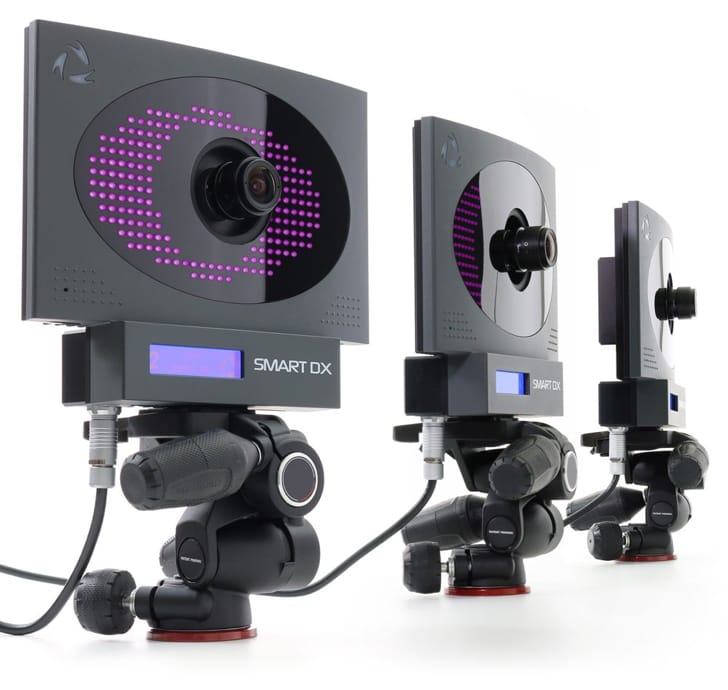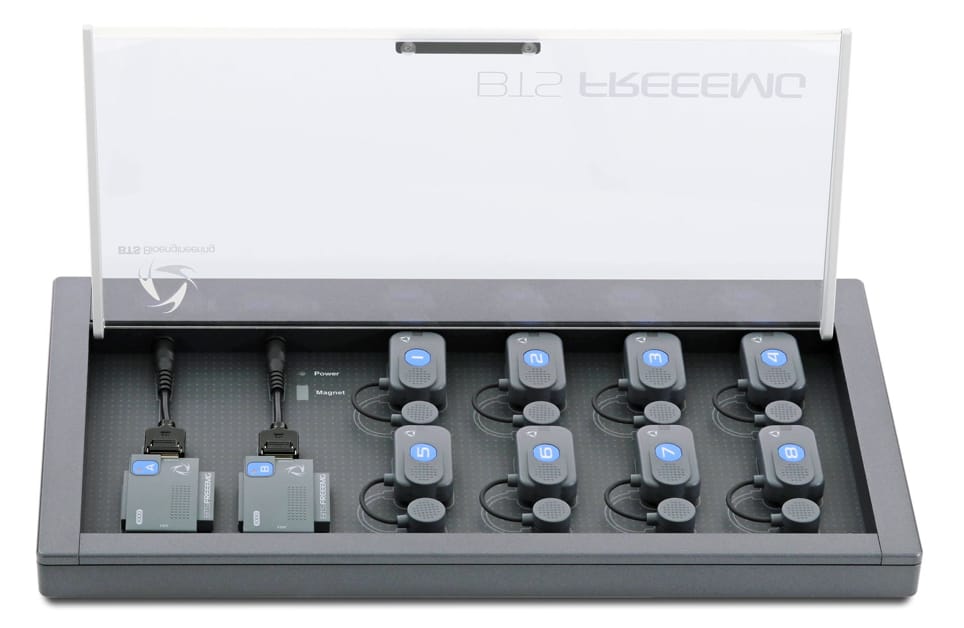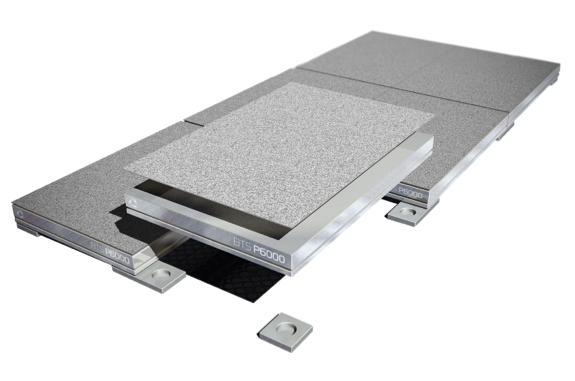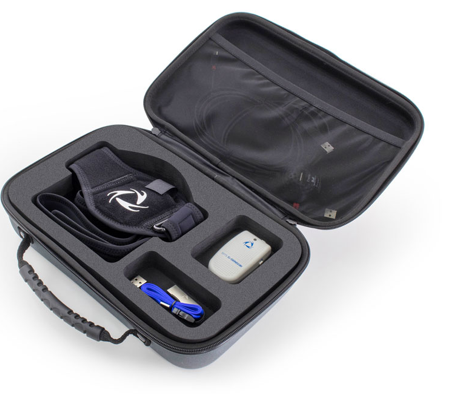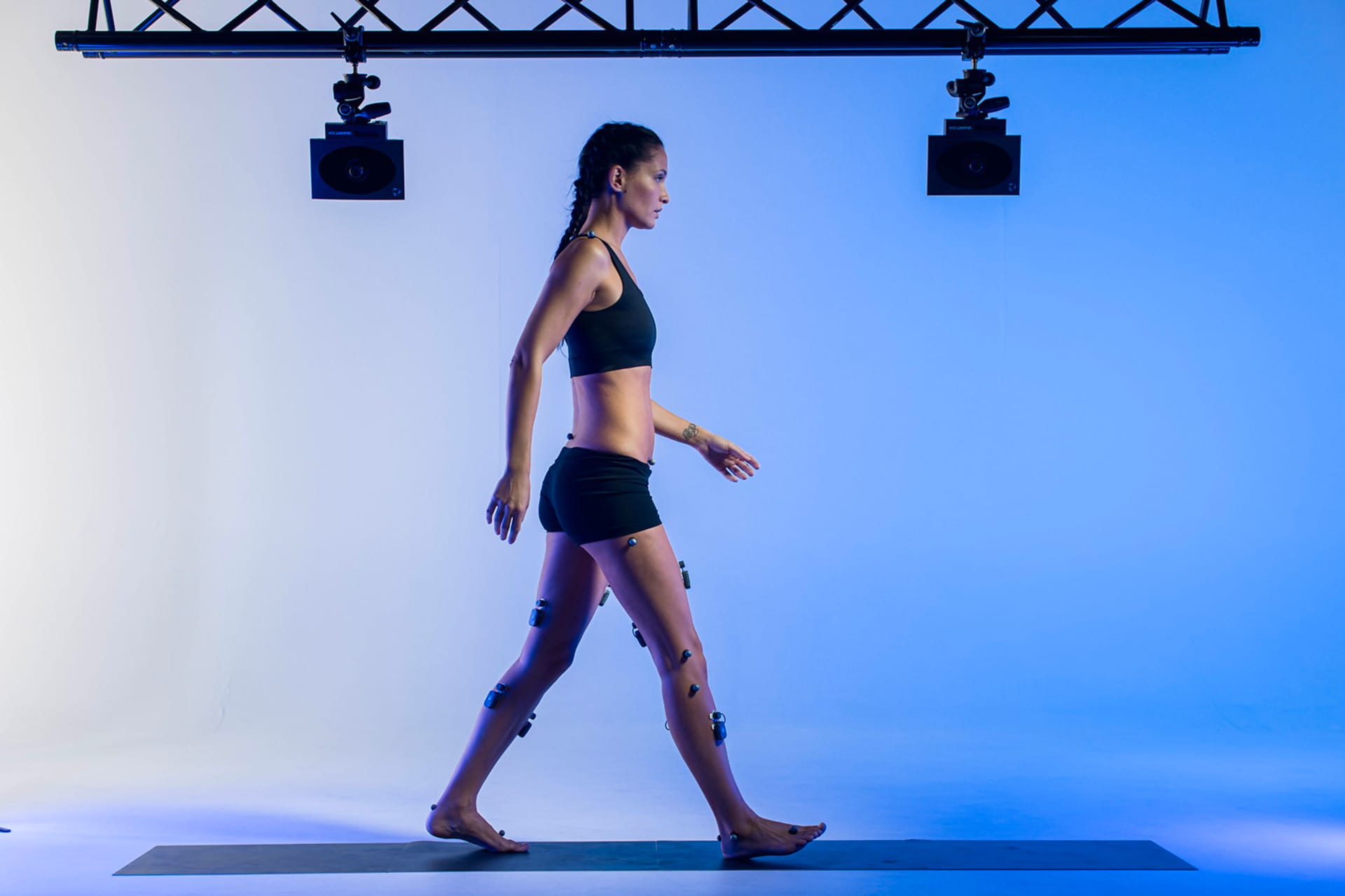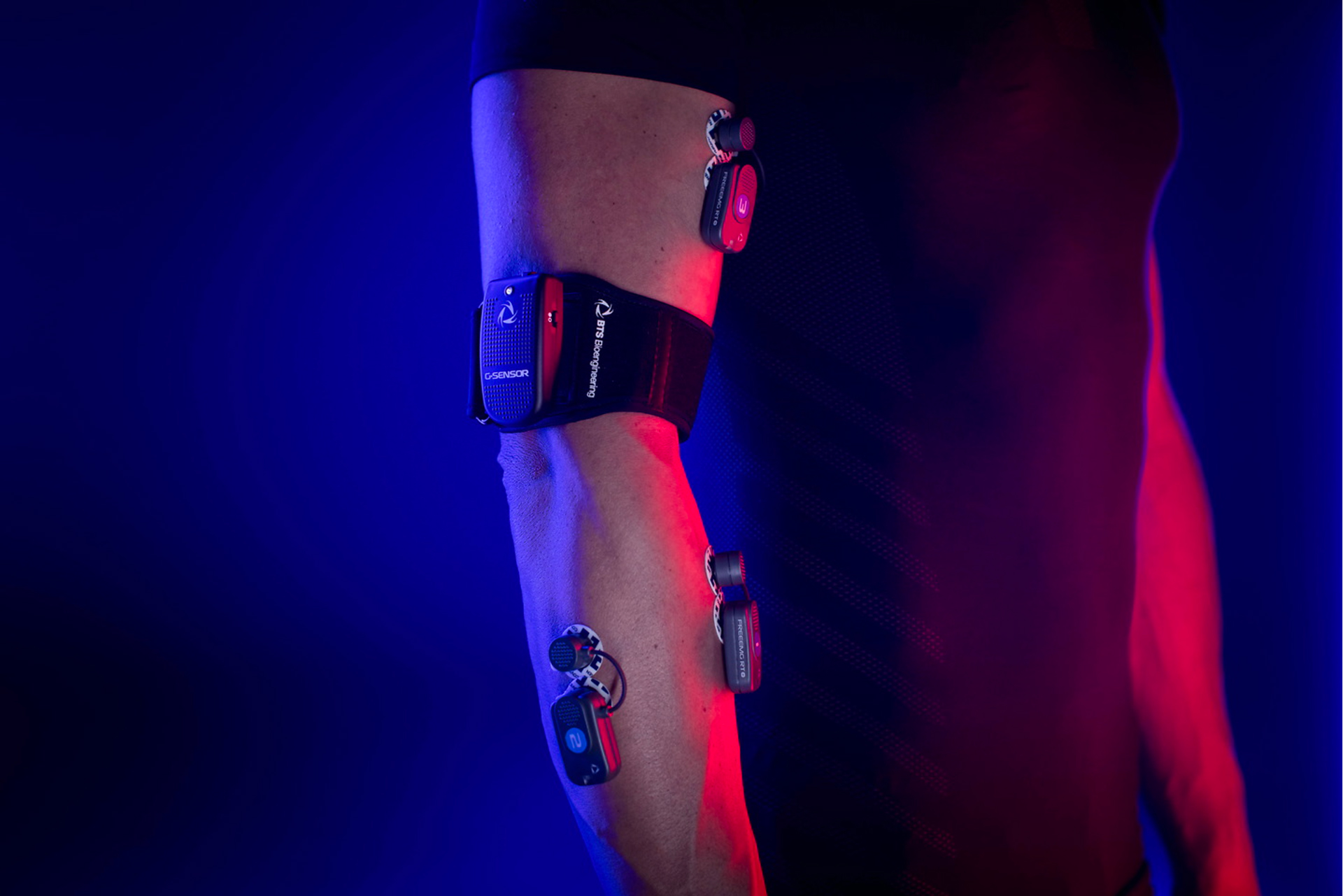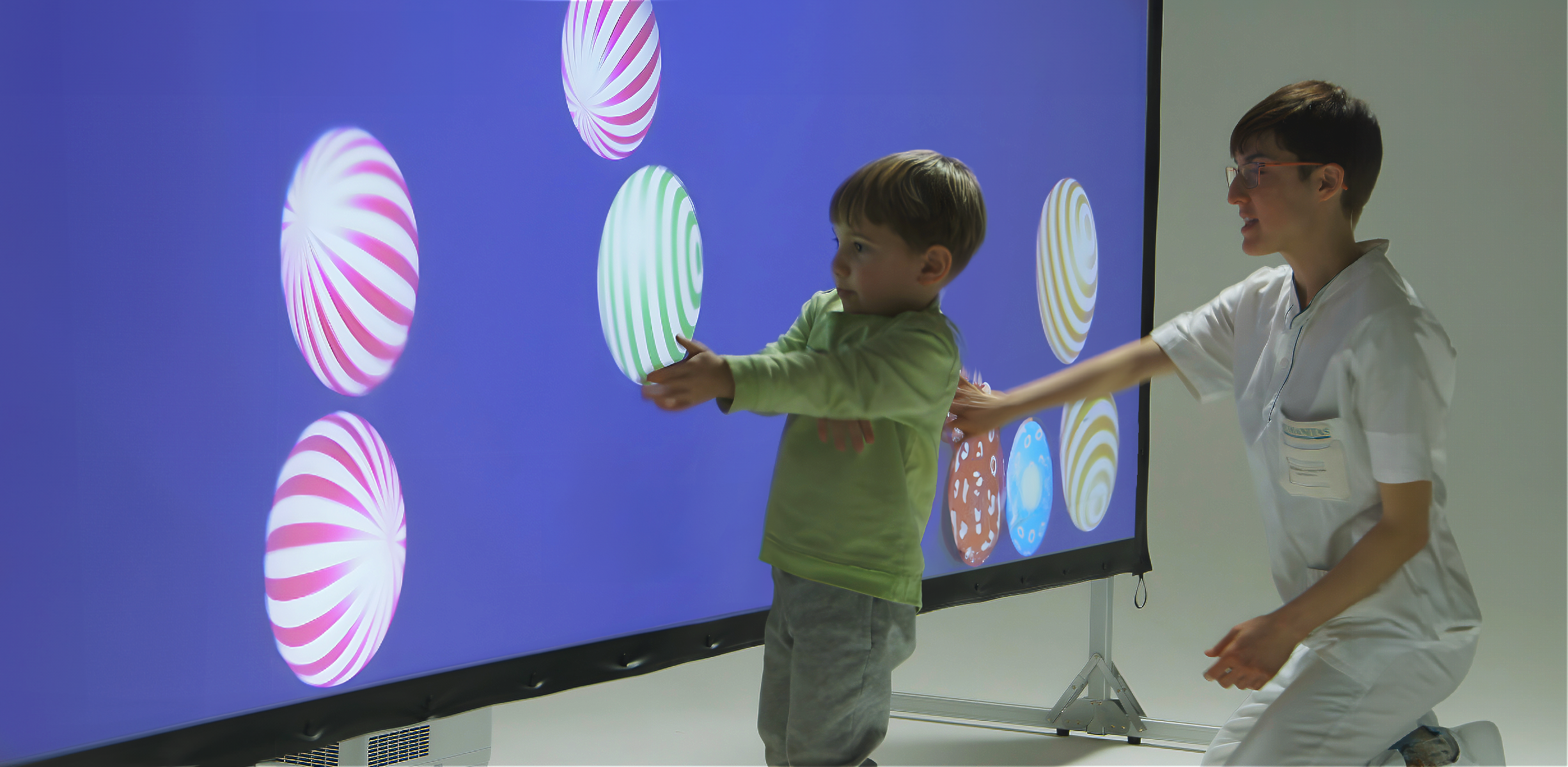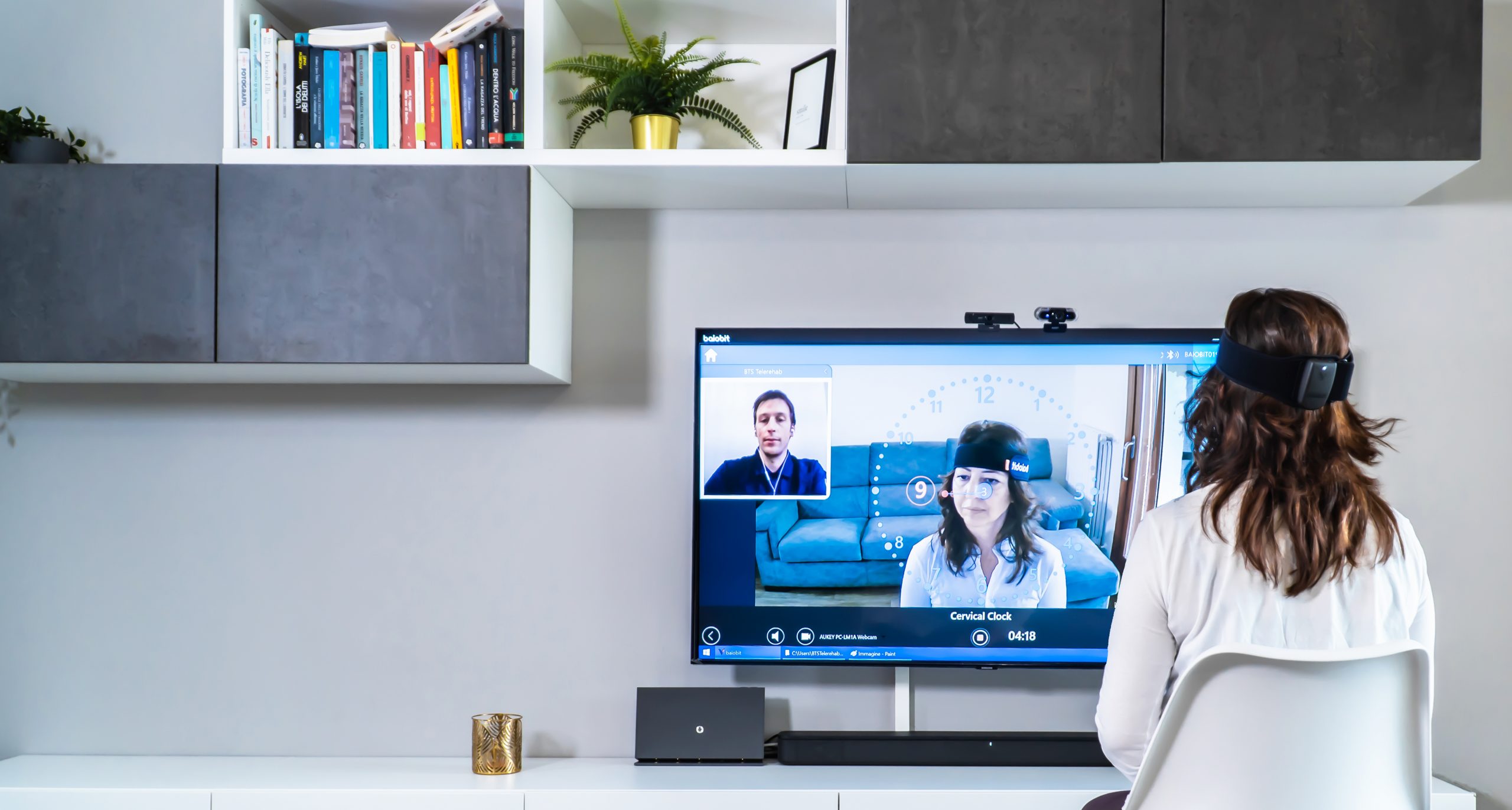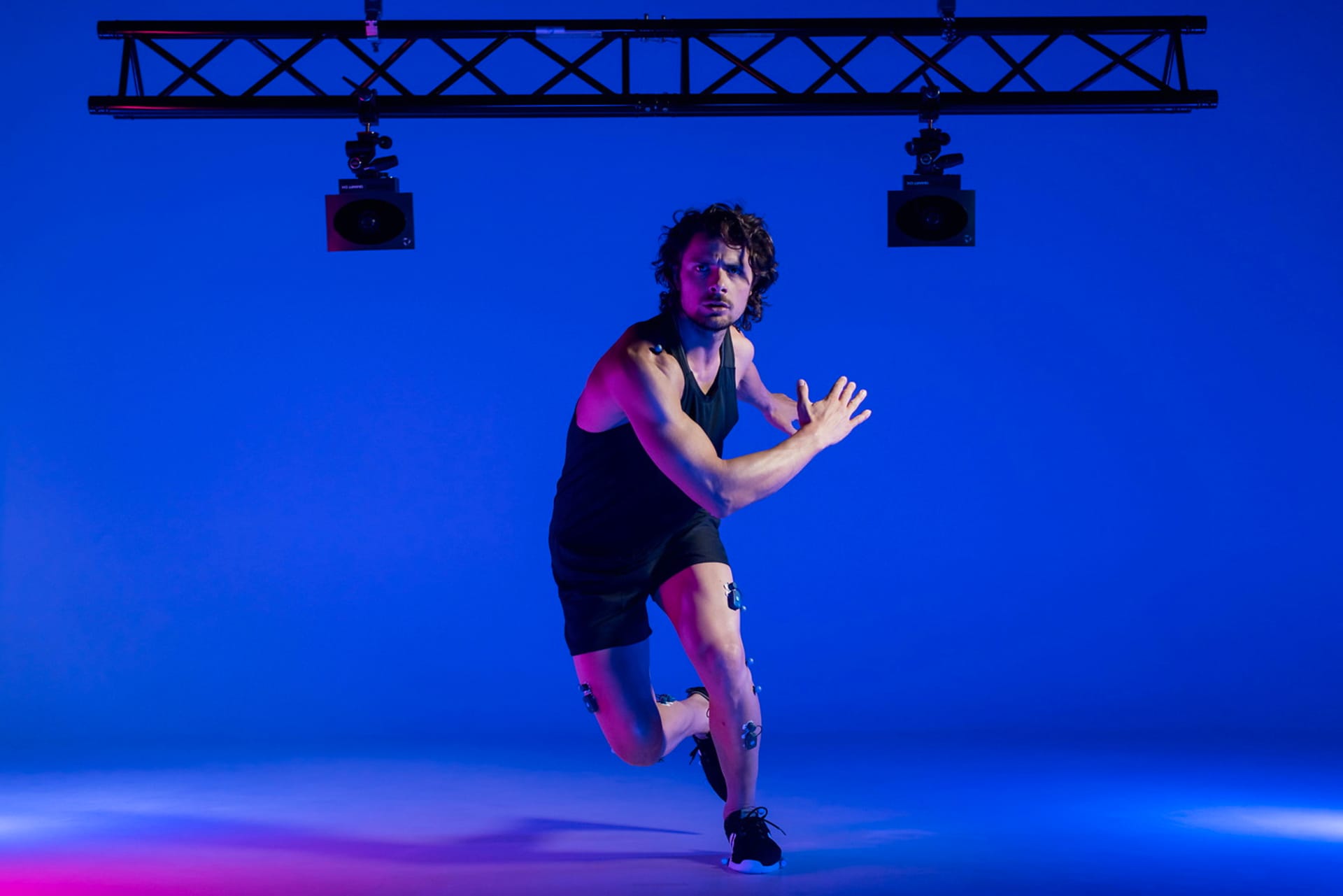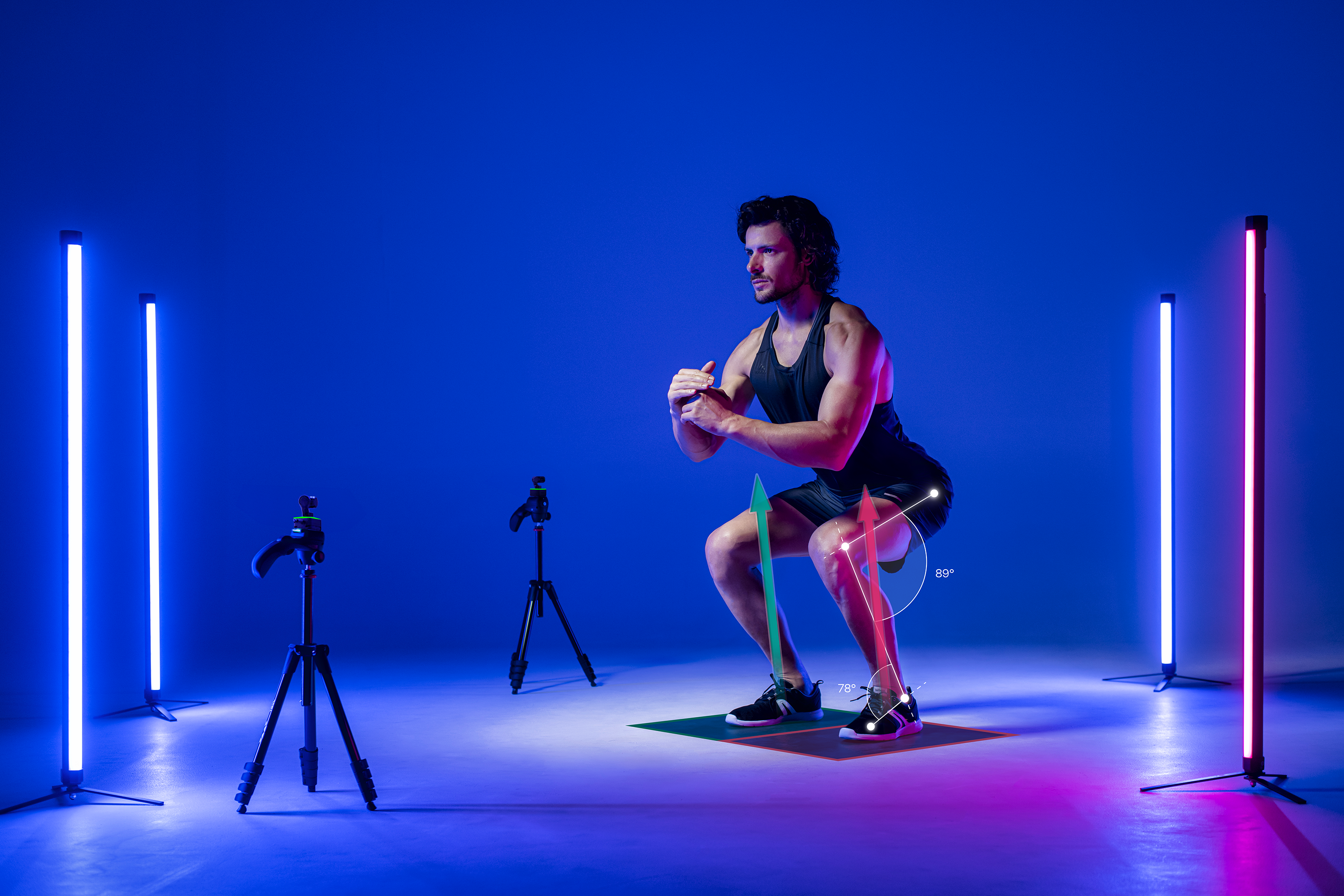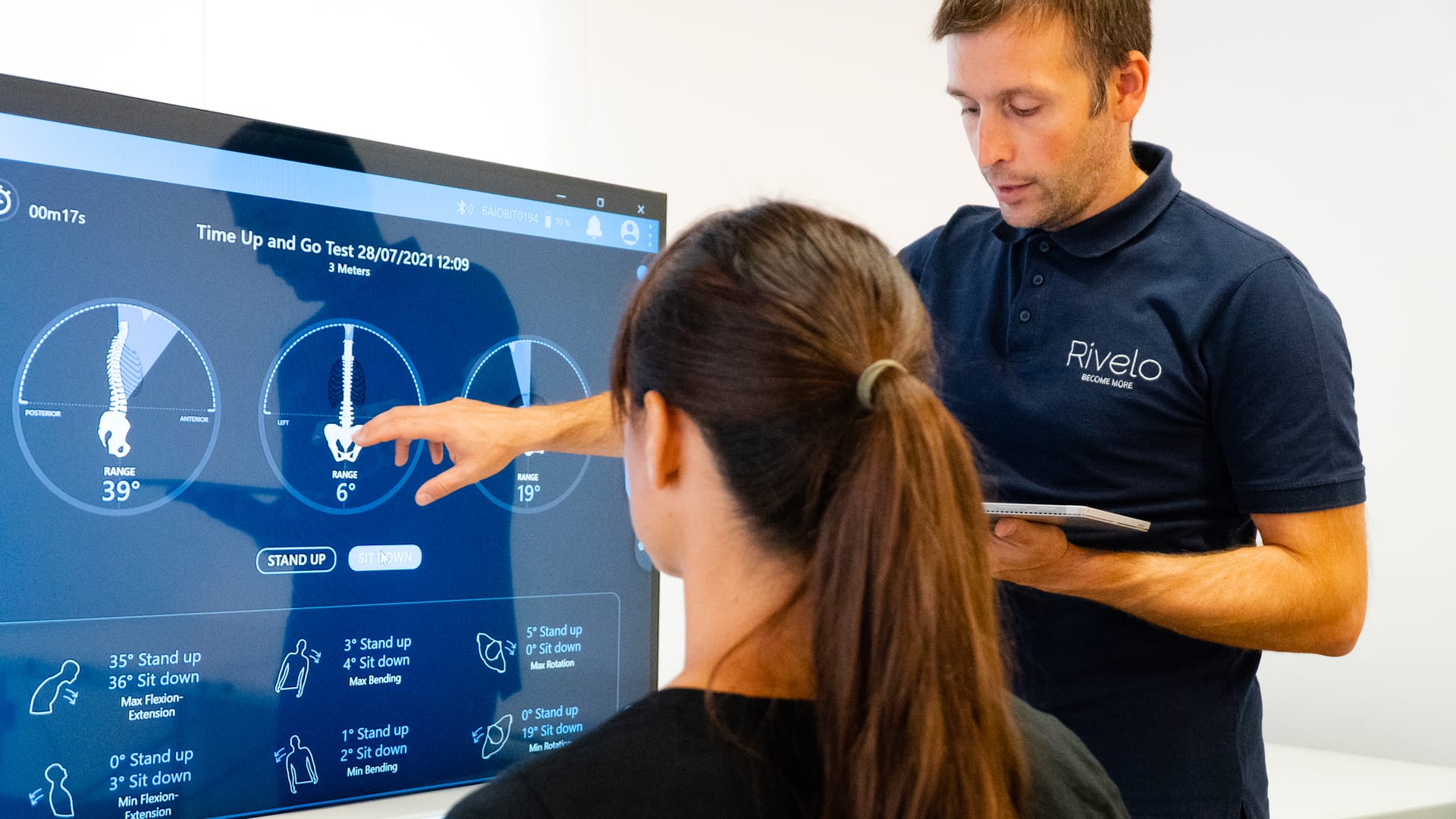Improvement of brain functional connectivity using BTS NIRVANA system

Author: Marta Francisca Corrà, Ph.D.
Patients with autism spectrum disorder (ASD) often show high levels of anxiety and cognitive deficits, involving attention, executive function, and praxis [1].
Among the various strategies that can be adopted to mitigate the symptoms of this disorder, cognitive-behavioral therapy (CBT) is apt to enhance cognitive, communication, sensorimotor, adaptive behavior, and social-emotional reciprocity skills. In addition, Virtual Reality Therapy (VRT) is a new way of providing a wide range of treatments within a multimodal approach, thus representing a tool that can be implemented within CBT. The VR environment is a computer-based simulation of reality designed to stimulate different motor and cognitive domains fully or selectively in patients with neurological disorders including ASD.
There are only a few VRT-based studies focused on reducing symptoms and improving sensory processing difficulties [2,3]. The present study conducted by the research group at IRCCS Centro Neurolesi Bonino Pulejo (Messina, Italy) [4] aims to evaluate changes in some aspects of cognitive functioning (including nonverbal fluid intelligence, attention processes, and sensorimotor integration) and anxiety symptoms in children with ASD following rehabilitation training with the BTS NIRVANA system (Fig.1). The aim of the study was to evaluate the putative neurophysiological mechanisms underlying the above changes.
A total of 47 school-age children with ASD were selected and evaluated before (baseline, T0), immediately after (T1) and one month after (T2) completion of VRT training using a specific psychometric battery. In addition, the EEG was recorded for at least 10 minutes in a resting state while the patient was sitting in a comfortable chair.
Results and discussion
All patients showed a marked degree of impairment in each cognitive test administered, as indicated by the deviation from the mean normal value for age and sex in each test.
All patients completed VRT training without reporting any adverse events or side effects. They were provided with VRT only, so they did not have physiotherapy, counseling, or other individualized approaches. A significant temporal effect was found in anxiety, nonverbal fluid intelligence, and visuospatial cognition. All these changes were maintained until T2.
Patients also showed a reduction in functional connectivity, as suggested by the significantly lower mean values of functional connectivity globally (i.e., across all pairwise channels).
Patients showed functional improvements in anxiety and some cognitive domains, including selective attention, visual search, and visuospatial integration, after administration of the semi-immersive VRT.
Great motivation was observed from patients during VR exercises, with no significant interruptions during the rehabilitation sessions. Another strength of VRT is its ability to provide patients with knowledge of outcomes and performance, thus enhancing learning processes and positively influencing cognitive outcomes [5].
In conclusion, the results suggest a possible utility of VR for the rehabilitation of children with ASD, as functional improvements were observed in some cognitive domains (including selective attention, visual search, and visuospatial integration) and a reduction in anxiety after VRT, which may have actively contributed to cognitive improvement. However, future studies will be needed to develop consistent validations to support the hypothesis that VRT may be a complementary treatment to cognitive rehabilitation in ASD.
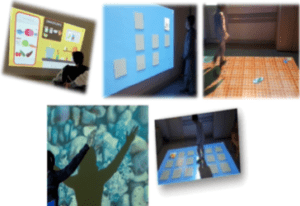
Fig.1 Subject with ASD while performing cognitive and behavioral exercises in a virtual reality environment in double modality: on the wall and flooring (De Luca et al, 2021).
References
[1] Zwick GP (2017) Neuropsychological assessment in autism spectrum disorder and related conditions. Dialogues Clin Neurosci 19(4):373–379
[2] Edgington L, Hill V, Pellicano E (2016) The design and implementation of a CBT-based intervention for sensory processing difficulties in adolescents on the autism spectrum. Res Dev Disabil 59:221–233
[3] Weston L, Hodgekins J, Langdon PE (2016) Effectiveness of cognitive behavioural therapy with people who have autistic spectrum disorders: a systematic review and meta-analysis. Clin Psychol Rev 49:41–54
[4] De Luca, R., Naro, A., Colucci, P. V., Pranio, F., Tardiolo, G., Billeri, L., Le Cause, M., De Domenico, C., Portaro, S., Rao, G., & Calabrò, R. S. (2021). Improvement of brain functional connectivity in autism spectrum disorder: an exploratory study on the potential use of virtual reality. Journal of neural transmission (Vienna, Austria : 1996), 128(3), 371–380.
[5] Grynszpan O, Weiss PL, Perez-Diaz F, Gal E (2014) Innovative technology- based interventions for autism spectrum disorders: a meta–analysis. Autism 18:346–361
